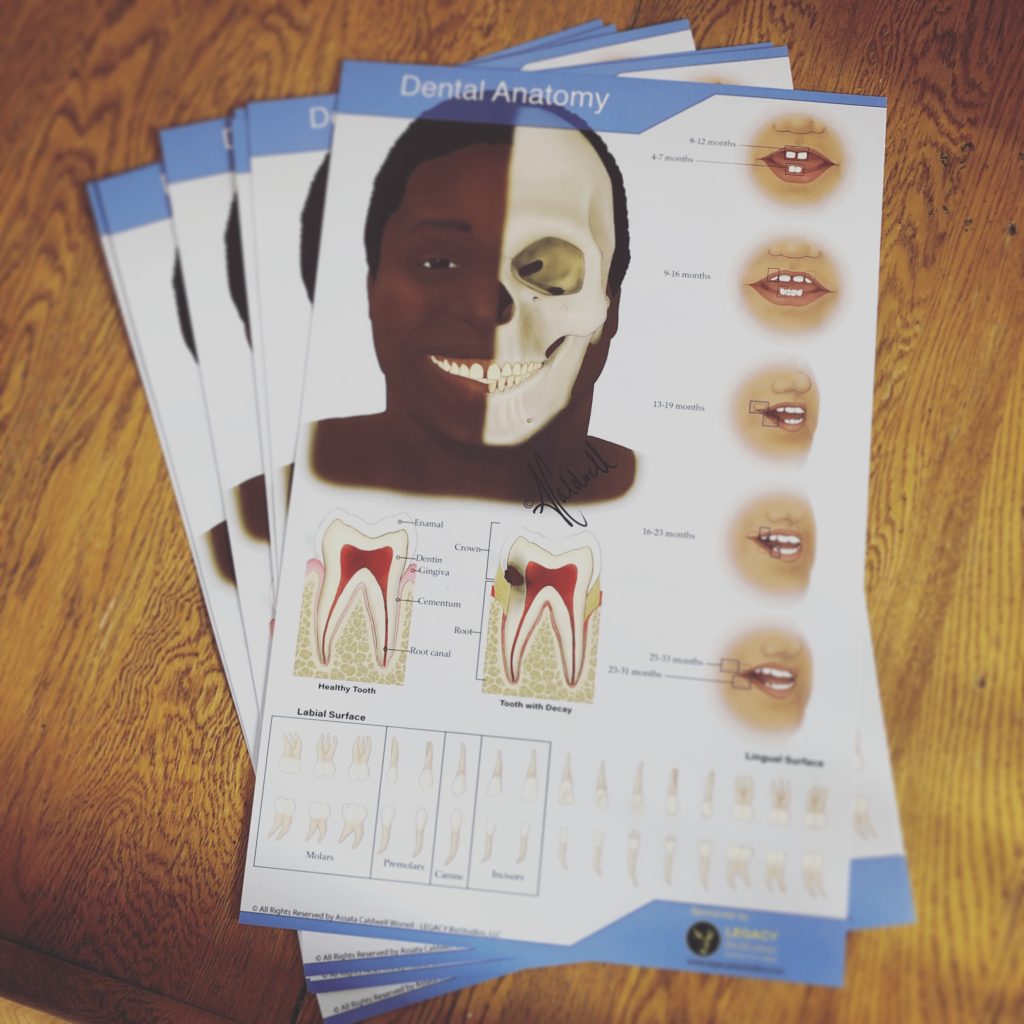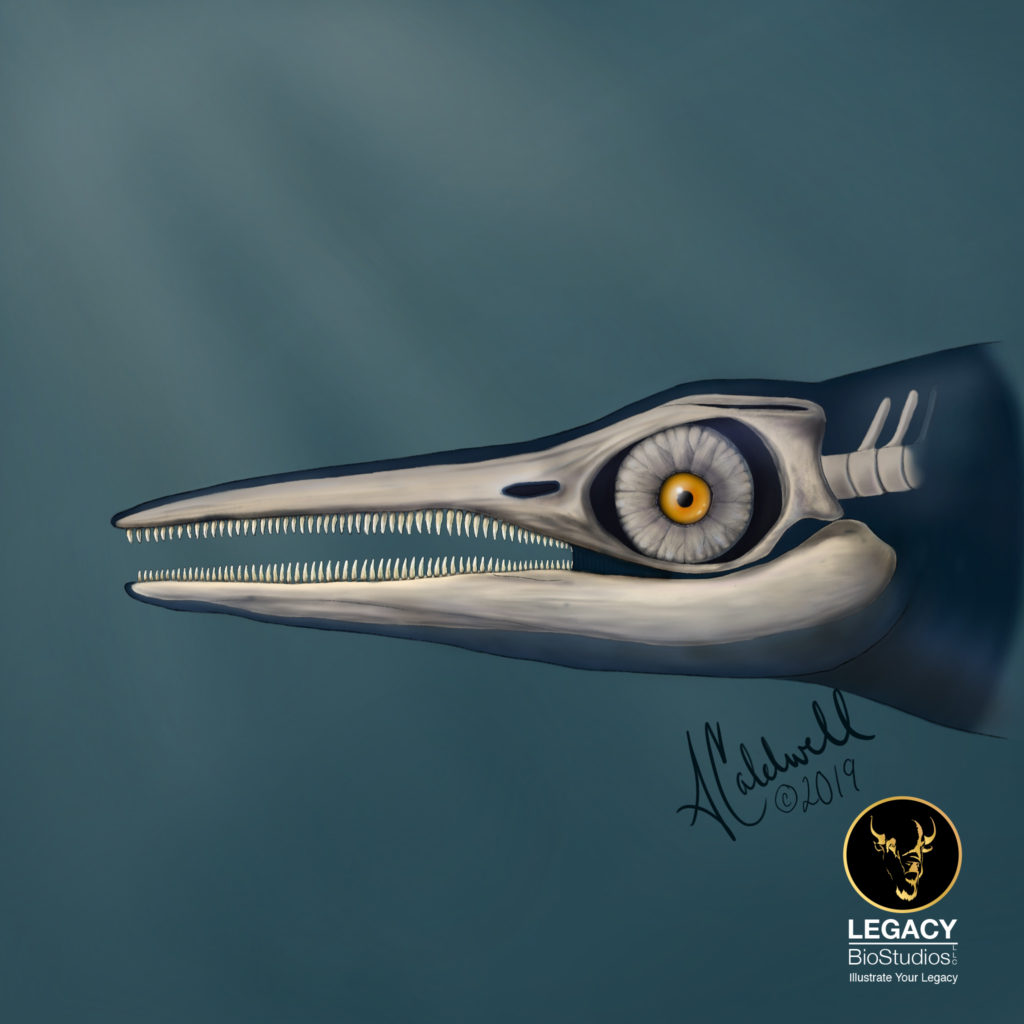Posts by Assata
Did You Wash Your Hands?
Everyone has written an article about how to wash your hands and why it’s crucial. We don’t have anything to add. At LEGACY BioStudios, LLC, we hope you and yours stay healthy, and we have a gift for you: Here is a free poster for you to download (regular letter-sized) and hang up at your…
Read MoreHow Illustration Found Me: How I Founded LEGACY BioStudios, LLC
When I introduce myself, people often ask, “How did you end up in this line of work?” My story is long, but I think it brings to light why I love the work I do so much and how LEGACY BioStudios, LLC came to be. I grew up in my family’s dental clinic, and it…
Read More#Inclusion
Why Diversity and Inclusivity Matters in Medical Illustration I was in the 2nd grade, and a friend told me my gums were dirty. My mom is a dentist and was asked to come to my 2nd-grade class to do a lesson on oral hygiene and the importance of preventative health care. Mostly a “don’t be…
Read MoreWomen’s History Month – Remembering Mary Anning
We are at the end of March which is Women’s History Month, but also the month that has International Women’s Day and National Puppy Day. Both of these days and Women’s History Month were my theme of work and reading. At the end of February on a very long drive up to Minnesota, I listened…
Read MoreNew Year, New Gear!
I have recently made the move from 3D modeling to 3D animation, and with that, I needed a little bit more power to back my rendering. I previously had a dual-core processor with 6 GB of RAM, which was great for rendering still images, but was horrendous for rendering animations. After doing an eye-bleeding amount…
Read MoreI Need Illustrations, Where Do I start?
When I start on a new project, the first thing I like to ask is, “why are you making this?” When I start talking with a client about what kind of illustrations would work best for their goals, I find that when you ask “why” you get insight into more of the project beyond, “here…
Read MoreHolidays with the Family: What I learned from a three-year-old
Happy New Year Everyone! So, I spent the holiday with my sister and her family and one of the best things about that, is I get to spend time with my nephew who is three. This time is particularly fun for me because he is a curious little guy and I get to share with…
Read MoreThe Value of Context
I sent three friends (one of them my sister) a Snapchat of my new kitchen faucet and the responses were eye-opening! I captioned my snap with “by myself”. My sister responded with congratulations with replacing the faucet by myself. One of my friends responded with “you had to do the dishes by yourself?!?” and my…
Read MoreWorking International
The work and process of working with international groups On my case studies page, I cover the work I have done with the group HealthCare Tends with Dr. Azeez Butali, and their project “Help My Pikin”. I was very lucky to experience creating something for a different cultural group that had a need that…
Read MoreKids and Entrepreneurship
The term entrepreneur was coined by Jean-Baptiste Say, a French economist and scholar. The word originally came from the French word entreprendre, meaning: undertaking. In English, the term entrepreneur is often translated to an adventurer. Whether you identify entrepreneurship as a necessary undertaking of some sorts, or a bout of adventure, becoming an entrepreneur takes…
Read More
